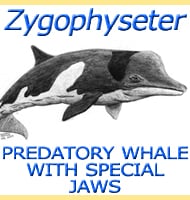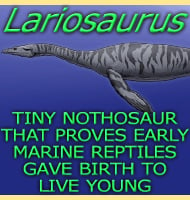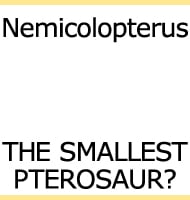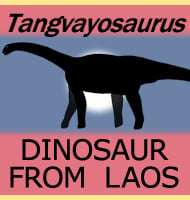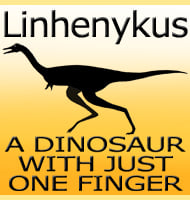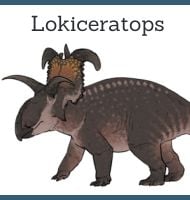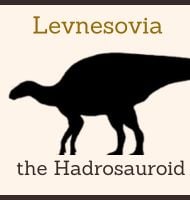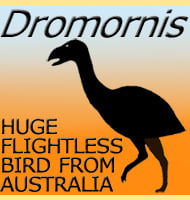In Depth
Eromangasaurus was initially known as E. carinognathus, but this was seen as a synonym to the second species of Tuarangisaurus which was also named in 2005. The material became known as Tuarangisaurus australis until further study by Bernjamin P. Kear revealed several key differences. In 2007 Eromangasaurus was resurrected as a distinct genus but given the species name E. australis due to it being classed as Tuarangisaurus australis. The old species name E. carinognathus is now classed as a synonym even though both species are derived from the same fossil. Damage to the skull includes what appear to be tooth marks from a Kronosaurus, indicating that Eromangasaurus was a prey species for this and probably other large pliosaurs.
As an elasmosaurid plesiosaur, Eromangasaurus would have had a proportionately long neck compared to other non-elasmosaurid plesiosaurs. This would have given Eromangasaurus a significant reach for snapping up fish and squid.
Further Reading
– Tuarangisaurus australis sp. nov. (Plesiosauria: Elasmosauridae) from the Lower Cretaceous of Northeastern Queensland, with additional notes on the phylogeny of the Elasmosauridae. – Memoirs of the Queensland Museum 50(2):425-440. – S. Sachs – 2005. – A new elasmosaurid plesiosaur from the Lower Cretaceous of Queensland, Australia. – Journal of Vertebrate Paleontology. 25 (4): 792–805.- Benjamin P. Kear – 2005. – Taxonomic clarification of the Australian elasmosaurid genus Eromangasaurus, with reference to other austral elasmosaur taxa. – Journal of Vertebrate Paleontology. 27 (1): 241–246. – Benjamin P. Kear – 2007. —————————————————————————-

